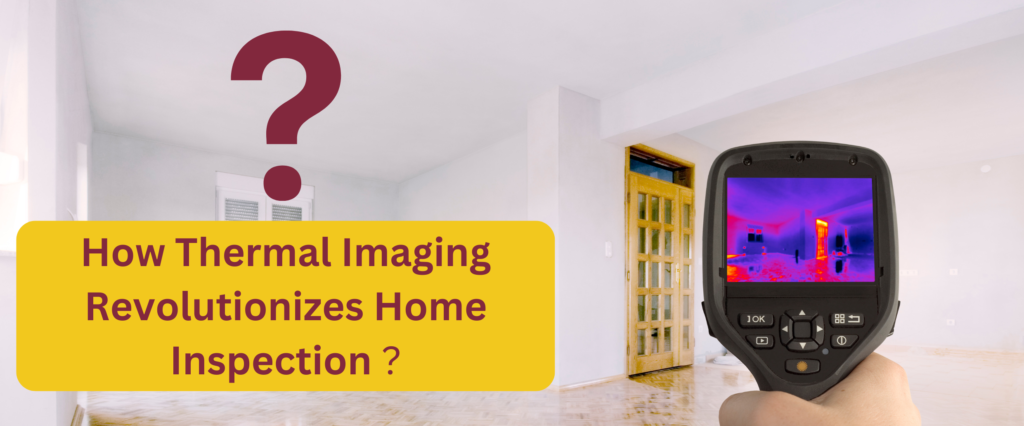
In recent years, thermal imaging has transformed the home inspection industry, providing inspectors and homeowners with an innovative way to identify hidden issues that conventional visual inspections might miss. This advanced technology allows us to see beyond the surface, detecting temperature variations that can signal various problems within a home’s structure and systems.
Understanding Thermal Imaging Technology
Thermal imaging cameras, also known as infrared cameras, detect infrared radiation emitted by objects and surfaces. Every object with a temperature above absolute zero emits infrared energy, and these cameras convert that energy into a visible image. The resulting thermal image displays different temperatures as varying colors, typically with warmer areas appearing in reds and yellows, and cooler areas in blues and purples.
Key Benefits of Thermal Imaging in Home Inspections
1. Non-Invasive Detection
- Identifies issues without the need to open walls or disturb the structure
- Allows for quick scanning of large areas
- Prevents unnecessary damage during diagnostic processes
2. Early Problem Detection
- Spots potential issues before they become major problems
- Reduces long-term repair costs
- Helps prevent catastrophic failures in home systems
3. Energy Efficiency Analysis
- Identifies areas of heat loss and poor insulation
- Helps optimize energy consumption
- Supports sustainable home maintenance
What Thermal Imaging Can Detect
Moisture Issues
- Hidden water leaks in walls and ceilings
- Roof leaks before water damage becomes visible
- Plumbing problems and pipe locations
- Areas of potential mold growth
Electrical Problems
- Overheating electrical components
- Loose or damaged connections
- Overloaded circuits
- Potential fire hazards
Insulation Deficiencies
- Missing or damaged insulation
- Air leaks around windows and doors
- Thermal bridges in walls
- Inadequate ventilation in attics
HVAC System Issues
- Ductwork leaks
- Blocked or disconnected ducts
- Heating and cooling system efficiency
- Radiant floor heating problems
Limitations and Considerations
While thermal imaging is a powerful tool, it’s important to understand its limitations:
- Results require professional interpretation
- Environmental conditions can affect readings
- Cannot see through walls or detect all types of problems
- Should be used as part of a comprehensive inspection
The Future of Home Inspection
As thermal imaging technology continues to advance, we can expect:
- More affordable and accessible equipment
- Enhanced image resolution and accuracy
- Integration with smart home systems
- Improved analysis software and reporting tools
Conclusion
Thermal imaging has revolutionized the home inspection process by providing a deeper look into a home’s health. This technology not only helps identify current problems but also prevents future issues, potentially saving homeowners thousands in repairs. As the technology becomes more sophisticated and accessible, it will continue to be an invaluable tool in maintaining and protecting our homes.
